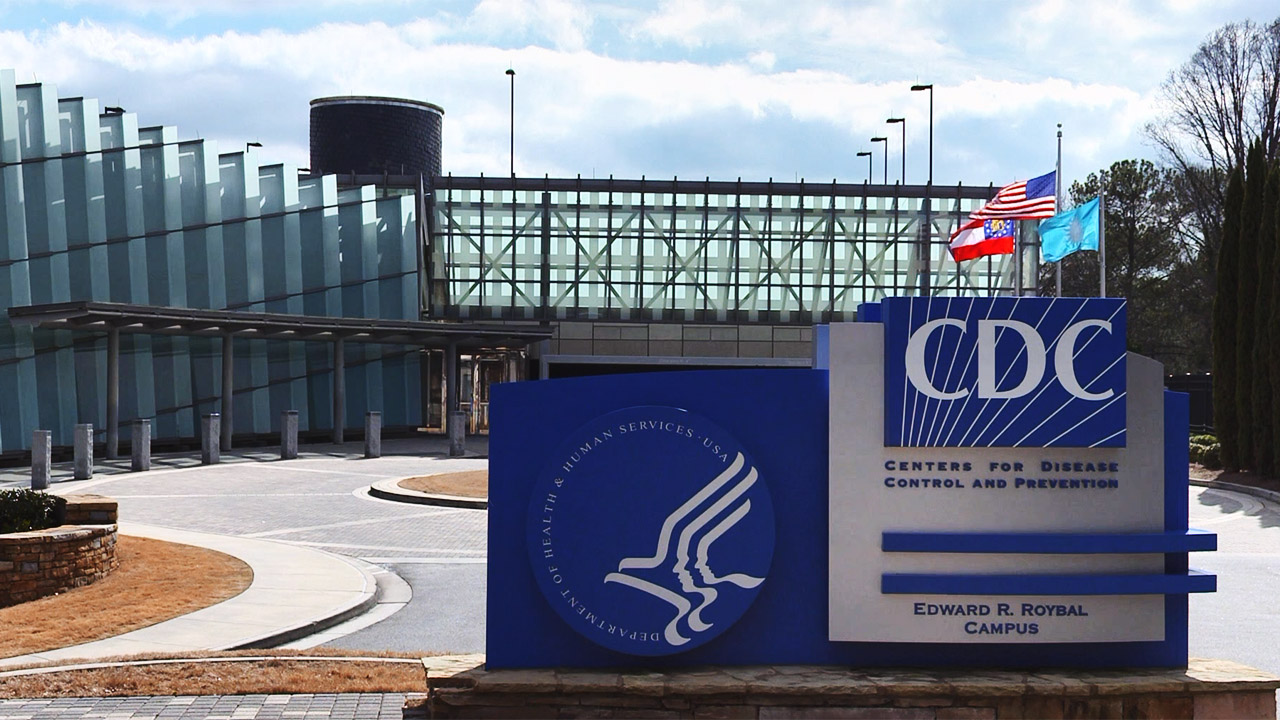In a shocking turn of events, a resident of Coconino County, Arizona, has succumbed to pneumonic plague, marking the first recorded death from this ancient disease in nearly two decades. This alarming incident raises critical questions about public health preparedness and the ongoing threats posed by zoonotic diseases, especially as climate change alters ecosystems and wildlife habitats.
The Unseen Threat of Plague
Pneumonic plague, a bacterial infection caused by Yersinia pestis, is notorious for its rapid onset and high mortality rate if not treated swiftly. This form of plague infects the lungs and can be transmitted from person to person, making it particularly dangerous. While the Centers for Disease Control and Prevention (CDC) reports an average of seven human cases annually in the U.S., the recent death in Arizona is a stark reminder of the potential for outbreaks in rural areas where the disease persists among rodent populations.
Historical Context and Modern Implications
Historically, plague is infamous for decimating populations during the Middle Ages, but today, it is largely treatable with antibiotics if administered promptly. Despite its rarity, the resurgence of such diseases should not be dismissed, particularly in light of increasing interactions between humans, wildlife, and changing environmental conditions. As reported by the CDC, plague cases are primarily concentrated in the western United States, particularly in regions like northern New Mexico and Arizona, where ecological factors create a breeding ground for the bacteria.
\n\n
CDC Exterior | CDC Newsroom
Public Health Response and Community Preparedness
The death in Arizona underscores the urgent need for robust public health systems capable of responding to rare but deadly diseases. Health officials recommend that residents in endemic areas take proactive steps to minimize risks, such as reducing rodent habitats and avoiding contact with potentially infected animals. Yet, the question remains: are our public health infrastructures adequately funded and prepared to handle such outbreaks? The reality is that many rural areas lack the resources and infrastructure to effectively manage zoonotic threats, creating a dangerous vulnerability.
The Role of Climate Change in Disease Dynamics
Climate change plays a significant role in the emergence and re-emergence of infectious diseases like plague. As temperatures rise, the habitats of rodent carriers expand, potentially leading to increased human exposure. Public health officials must recognize the intricate relationship between environmental change and disease dynamics, advocating for policies that address both climate change and public health preparedness. According to research, changes in wildlife reservoirs can lead to greater incidences of diseases spilling over to human populations.
\n\n
Congressman Schweikert – Arizona"s 1st District
Equity in Healthcare Access and Response
The recent pneumonic plague case also highlights disparities in healthcare access, particularly in rural communities. The lack of immediate access to medical facilities and public health resources can result in delayed diagnosis and treatment, which is crucial for diseases that progress rapidly. It is imperative for local and federal governments to prioritize healthcare equity, ensuring that all communities, regardless of their geographic location, have access to necessary medical care and education about potential health threats.
The resurgence of pneumonic plague is not just a historical anomaly but a clarion call for comprehensive public health strategies that address the multifaceted challenges posed by infectious diseases in a changing world. As we grapple with these realities, it is essential to adopt a proactive approach that prioritizes community education, equitable healthcare access, and an understanding of the environmental factors at play.








![[Video] Trump clarifies warning on Venezuelan airspace, denies imminent airstrike](/_next/image?url=%2Fapi%2Fimage%2Fthumbnails%2Fthumbnail-1764541870318-vgpub6-thumbnail.jpg&w=3840&q=75)